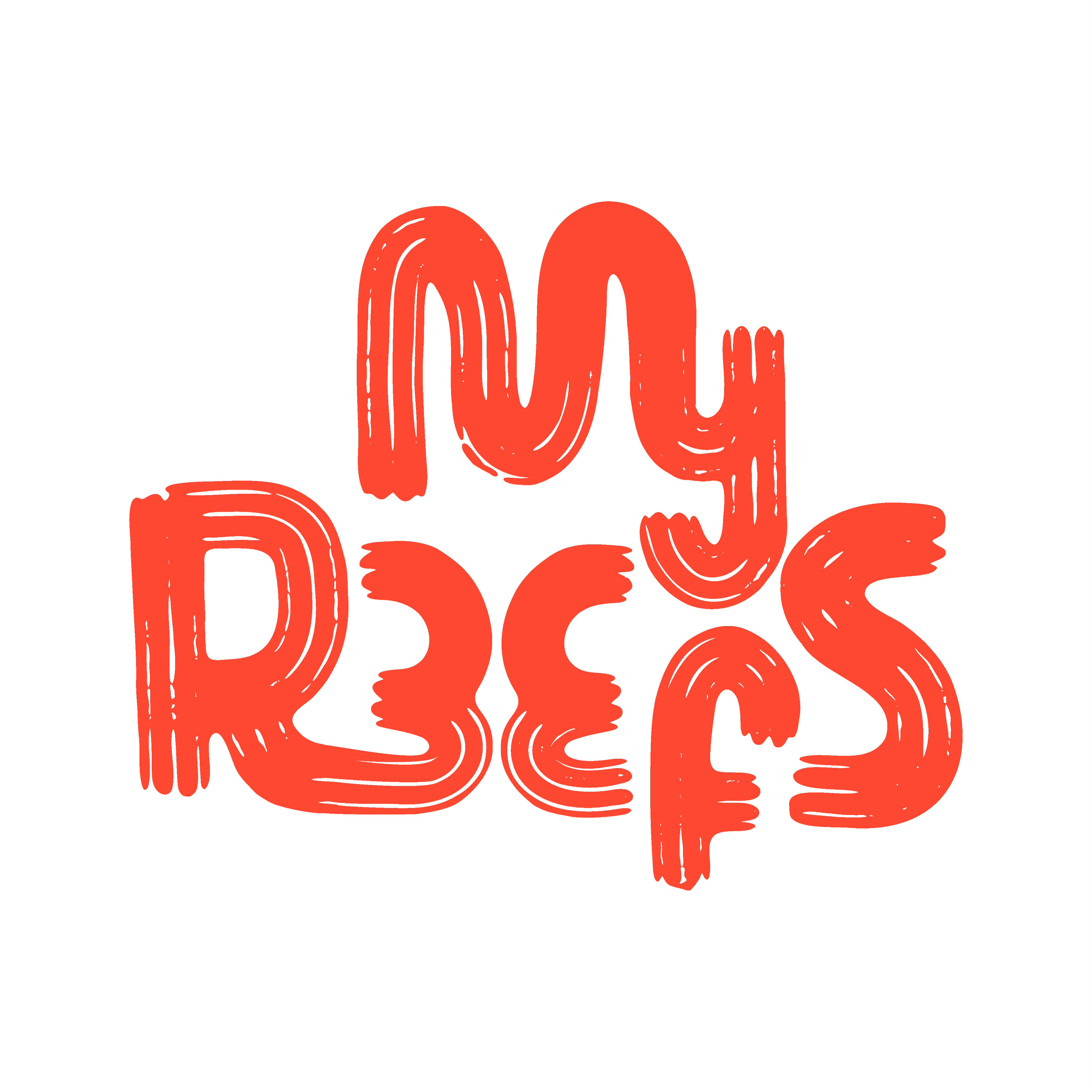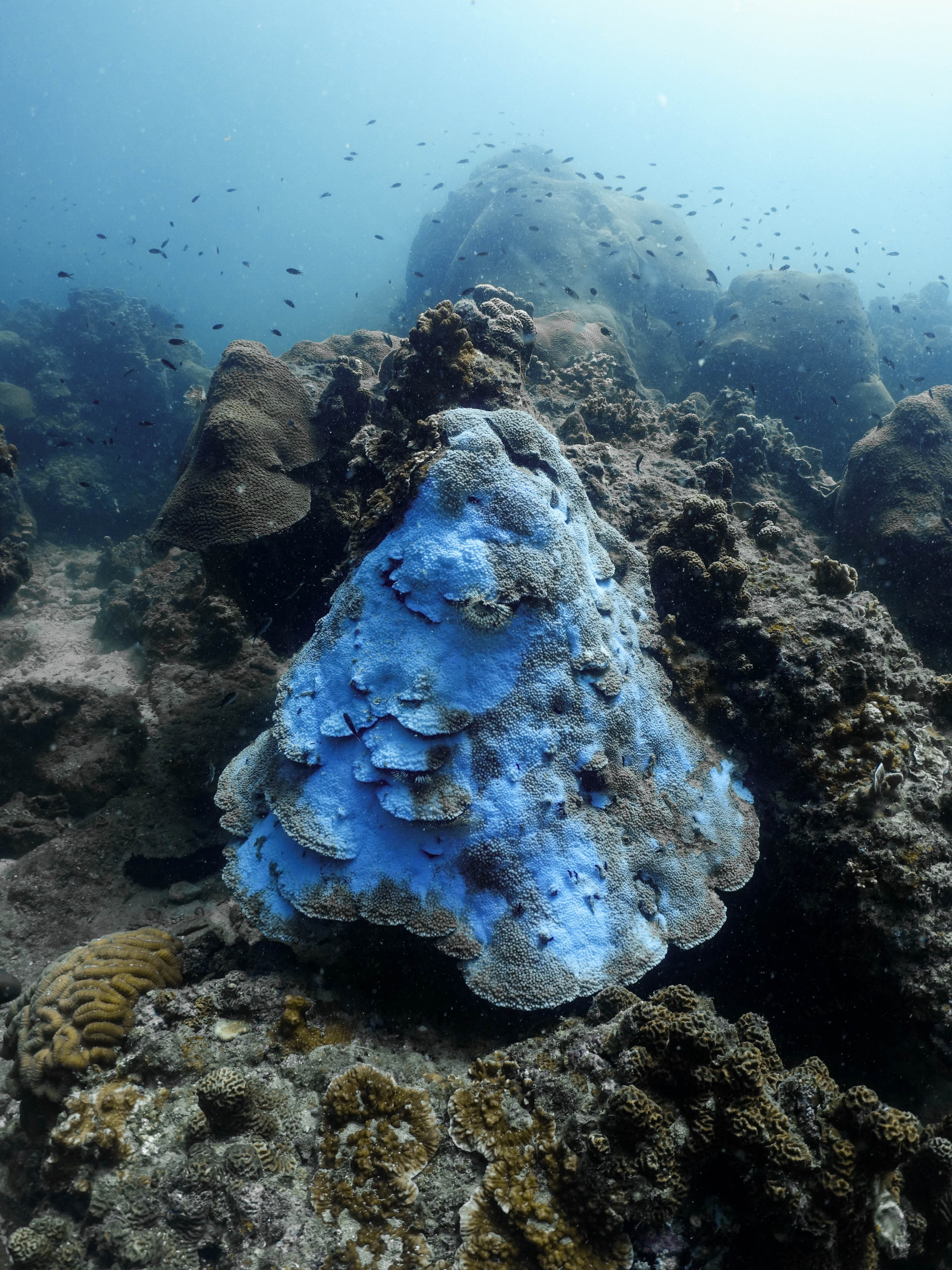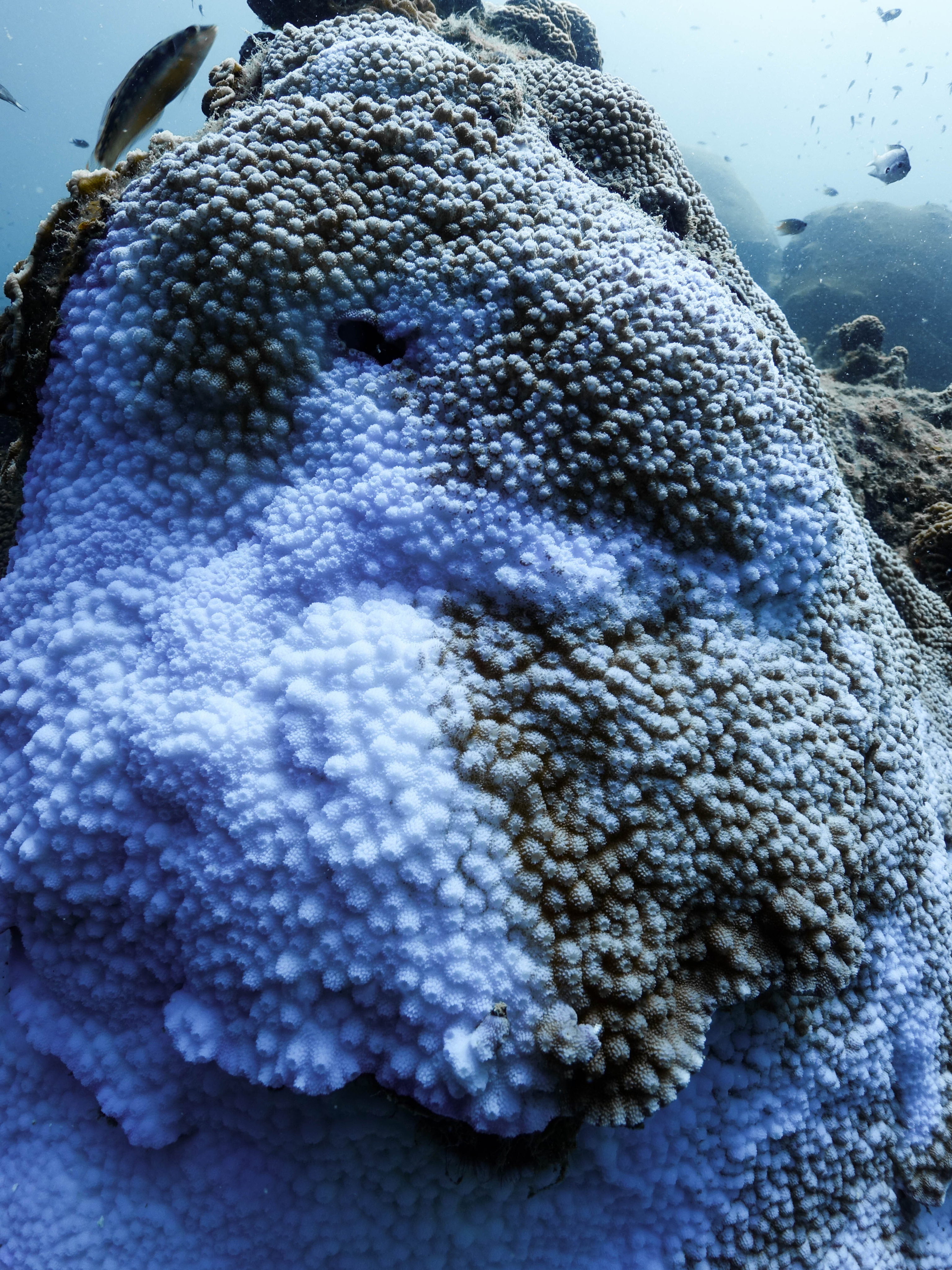We’re building projects across the Mediterranean and beyond.
Join the waitlist. Limited to first 100 families.
How are we protecting coral reefs?
A little section to round out the professional purpose of this webpage. Who’s the person behind it, really? What do they like—and what are they like? Sections like this can go a little bit longer because it’s nice to learn more about what makes someone tick.
The Reefs, Unknown Heros
Corals have no eyes, legs, or tail but are nevertheless part of the animal kingdom. It is a colony of tiny moving creatures called polyps, connected to each other by a skin covering a hard branch-shaped skeleton.
Why Ceramics?
Imitating natural rock, ceramic is ideal for reef restoration, as it is non-toxic and durable, unlike concrete or metal that are usually used instead. Their porous surface helps coral larvae attach and grow, while their custom shapes provide shelter for marine life.
We’re building projects across the Mediterranean and beyond.
Join the waitlist. Limited to first 100 families.
How are we protecting coral reefs?
A little section to round out the professional purpose of this webpage. Who’s the person behind it, really? What do they like—and what are they like? Sections like this can go a little bit longer because it’s nice to learn more about what makes someone tick.
The Reefs, Unknown Heros
Corals have no eyes, legs, or tail but are nevertheless part of the animal kingdom. It is a colony of tiny moving creatures called polyps, connected to each other by a skin covering a hard branch-shaped skeleton.
Why Ceramics?
Imitating natural rock, ceramic is ideal for reef restoration, as it is non-toxic and durable, unlike concrete or metal that are usually used instead. Their porous surface helps coral larvae attach and grow, while their custom shapes provide shelter for marine life.

We’re building projects across the Mediterranean and beyond.
Join the waitlist. Limited to first 100 families.
How are we protecting coral reefs?
A coral reef is an underwater ecosystem populated by coral polyps, tiny marine animals. Often called "tropical forests", they support 25% of all marine life, protect the coasts and support coastal fishing communities.
Join our fun, easy workshops where eco-conscious families create ceramic coral reefs which supporting this threatened ecosystem.
The Reefs, Unknown Heros
Corals have no eyes, legs, or tail but are nevertheless part of the animal kingdom. It is a colony of tiny moving creatures called polyps, connected to each other by a skin covering a hard branch-shaped skeleton.
Why Ceramics?
Imitating natural rock, ceramic is ideal for reef restoration, as it is non-toxic and durable, unlike concrete or metal that are usually used instead. Their porous surface helps coral larvae attach and grow, while their custom shapes provide shelter for marine life.


